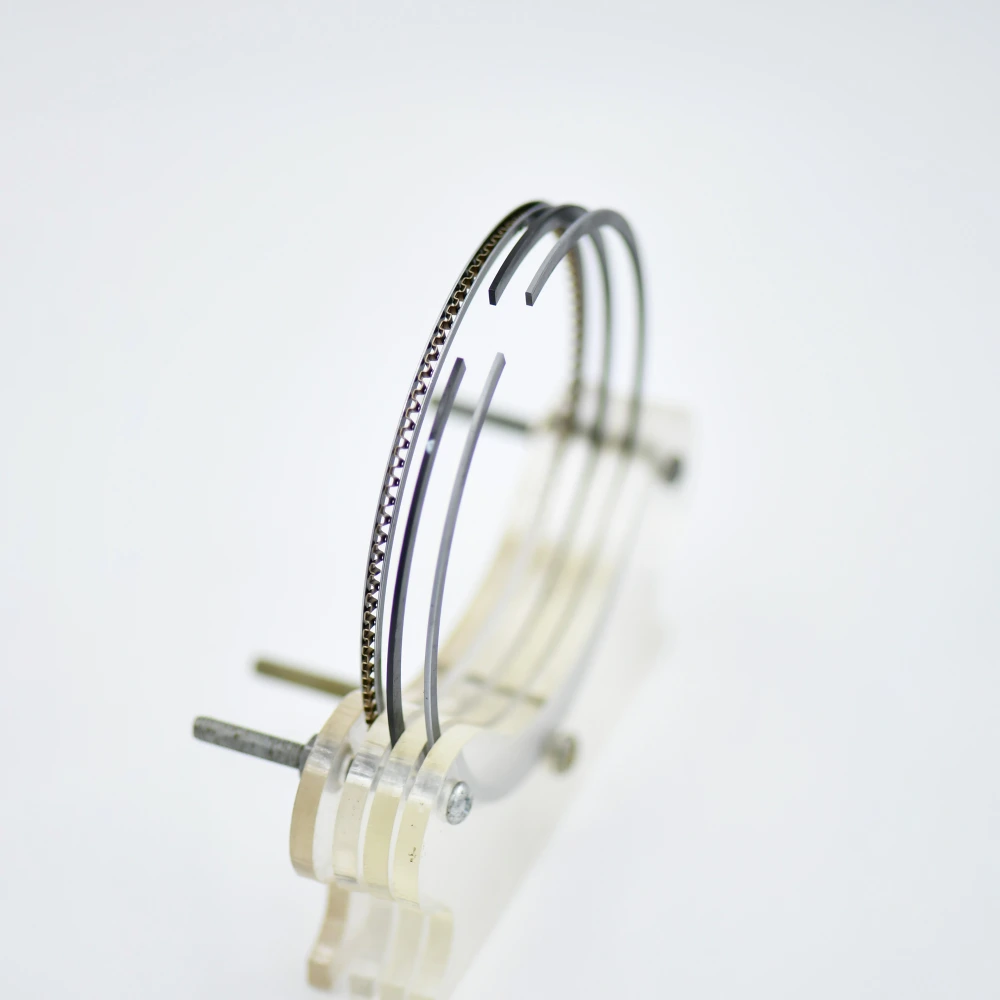In the ever-evolving landscape of food packaging, the choice of materials plays a pivotal role in ensuring food safety, extending shelf life, and enhancing consumer appeal. Among various packaging materials, paper has emerged as a versatile and eco-friendly option. This article delves into the types of paper used for food packaging, their properties, applications, and the sustainability considerations that come into play.
Understanding the Role of Paper in Food Packaging
Food packaging serves multiple functions: it protects food from contamination, preserves freshness, provides information, and enhances marketing appeal. Paper, as a packaging material, is particularly valued for its lightweight nature, biodegradability, and ability to be printed on easily. However, not all paper is created equal, and the choice of paper can significantly impact food safety and quality.
Types of Paper Used in Food Packaging
- Kraft Paper
- Properties: Kraft paper is known for its strength and durability, making it an excellent choice for packaging heavy items. It is produced from wood pulp through a chemical process that retains the natural fibers, resulting in a robust material.
- Applications: Commonly used for bags, wraps, and boxes, Kraft paper is ideal for packaging bakery products, dry foods, and even takeout containers. Its natural brown color also appeals to consumers seeking organic or rustic packaging options.
- Greaseproof Paper
- Properties: This type of paper is treated to resist grease and moisture, making it suitable for oily or fatty foods. Greaseproof paper is typically made from bleached pulp and undergoes a special treatment to enhance its barrier properties.
- Applications: Frequently used for wrapping sandwiches, burgers, and fried foods, greaseproof paper helps maintain the integrity of the food while preventing leakage and contamination.
- Wax Paper
- Properties: Coated with a thin layer of wax, this paper is moisture-resistant and provides a barrier against grease. However, it is not suitable for high-temperature applications as the wax can melt.
- Applications: Wax paper is commonly used for wrapping food items like cheese, sandwiches, and baked goods. It is also popular in food service settings for lining trays and baskets.
- Paperboard
- Properties: Thicker than standard paper, paperboard offers excellent rigidity and strength. It is often coated or laminated to enhance its barrier properties against moisture and grease.
- Applications: Paperboard is widely used for packaging cereals, frozen foods, and ready-to-eat meals. Its ability to be printed on makes it a popular choice for branding and marketing.
- Coated Paper
- Properties: Coated paper is treated with a layer of clay or other materials to improve its smoothness and printability. The coating can also enhance moisture resistance.
- Applications: This type of paper is often used for food labels, cartons, and boxes, where high-quality printing is essential for branding and consumer information.
Sustainability Considerations
As consumers become increasingly aware of environmental issues, the sustainability of packaging materials has come under scrutiny. Paper is often viewed as a more sustainable option compared to plastic, especially when sourced from responsibly managed forests. However, it is crucial to consider the entire lifecycle of the paper, including its production, transportation, and disposal.
- Recyclability: Many types of paper used in food packaging are recyclable, provided they are not contaminated with food residues. This aspect makes them an attractive option for eco-conscious consumers and businesses.
- Biodegradability: Unlike plastic, paper is biodegradable, breaking down naturally in the environment. This characteristic reduces the long-term impact of waste on landfills and ecosystems.
- Sourcing: The sustainability of paper packaging also depends on responsible sourcing practices. Certifications such as FSC (Forest Stewardship Council) ensure that the paper comes from sustainably managed forests, promoting biodiversity and reducing deforestation.
Conclusion
The choice of paper for food packaging is a critical decision that impacts food safety, quality, and environmental sustainability. From Kraft paper to coated paper, each type offers unique properties that cater to specific food packaging needs. As the industry continues to evolve, the focus on sustainable practices will likely drive innovation in paper packaging solutions, making it an exciting area to watch. By understanding the various types of paper used in food packaging, businesses can make informed choices that align with consumer preferences and environmental goals.

